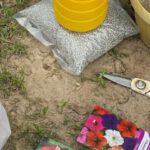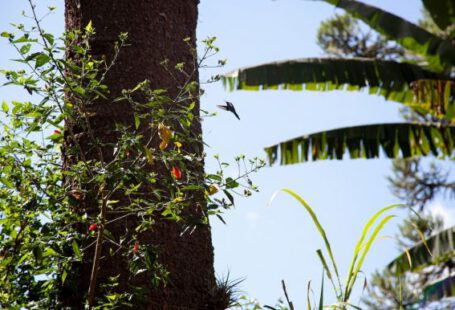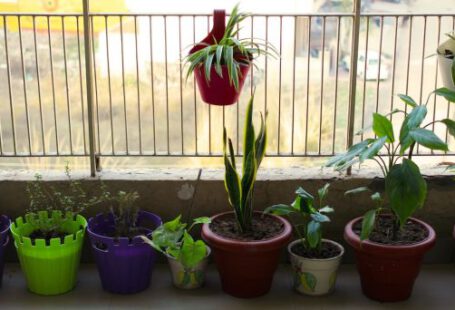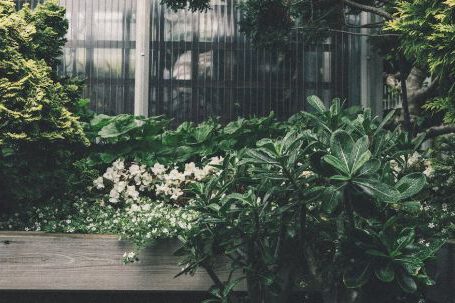In today’s world, where climate change is becoming increasingly apparent, it is important to design gardens that are able to withstand the challenges of a changing environment. Drought-tolerant garden designs are an excellent way to create beautiful and sustainable landscapes that require minimal water. By incorporating drought-tolerant plants, efficient irrigation systems, and thoughtful design elements, you can create a garden that not only survives, but thrives, even in the driest of conditions.
Choosing the Right Plants
The first step in creating a drought-tolerant garden is selecting the right plants. Look for species that are native to your region, as they are naturally adapted to the local climate and will require less water. Succulents, such as agaves and cacti, are excellent choices as they have evolved to store water in their leaves and stems. Other options include lavender, yarrow, and ornamental grasses, which have deep root systems that allow them to access water from deeper in the soil.
Efficient Irrigation Systems
Once you have chosen the right plants, it is important to install an efficient irrigation system. Drip irrigation is an excellent option for drought-tolerant gardens, as it delivers water directly to the roots of the plants, minimizing evaporation and runoff. This method also reduces weed growth, as water is not wasted on areas that do not require it. Additionally, consider installing a rainwater harvesting system to collect and store water for future use. This not only reduces your reliance on municipal water supplies but also helps to conserve this precious resource.
Designing with Purpose
Incorporating thoughtful design elements can greatly enhance the beauty and functionality of your drought-tolerant garden. Consider using hardscaping materials, such as gravel or stone, to create paths and seating areas. These materials not only add visual interest but also help to retain moisture in the soil by reducing evaporation. Additionally, create different levels and textures in your garden by incorporating raised beds, terraces, and containers. This not only provides visual appeal but also allows for better drainage and aeration of the soil.
Mulching for Success
Mulching is another important aspect of creating a successful drought-tolerant garden. By applying a layer of organic mulch, such as wood chips or straw, you can help to retain moisture in the soil, reduce weed growth, and regulate soil temperature. Mulch also helps to improve the overall health of the soil by adding organic matter as it breaks down. Apply a thick layer of mulch around your plants, being careful to avoid direct contact with the stems or trunks, as this can lead to rot or disease.
Creating a Sustainable Oasis
Creating a drought-tolerant garden is not only beneficial for the environment but also for your own well-being. By reducing water consumption and maintenance requirements, you can save time, money, and resources. Additionally, these gardens provide important habitat for pollinators and other beneficial insects, supporting biodiversity and ecosystem health. So, why not transform your outdoor space into a sustainable oasis that can withstand the challenges of a changing climate?
In conclusion, drought-tolerant garden designs offer a practical and sustainable solution to the challenges posed by climate change. By selecting the right plants, installing efficient irrigation systems, incorporating thoughtful design elements, and mulching for success, you can create a beautiful and resilient garden that thrives even in the driest of conditions. So, roll up your sleeves, grab your gardening tools, and get started on creating your own drought-tolerant oasis.





